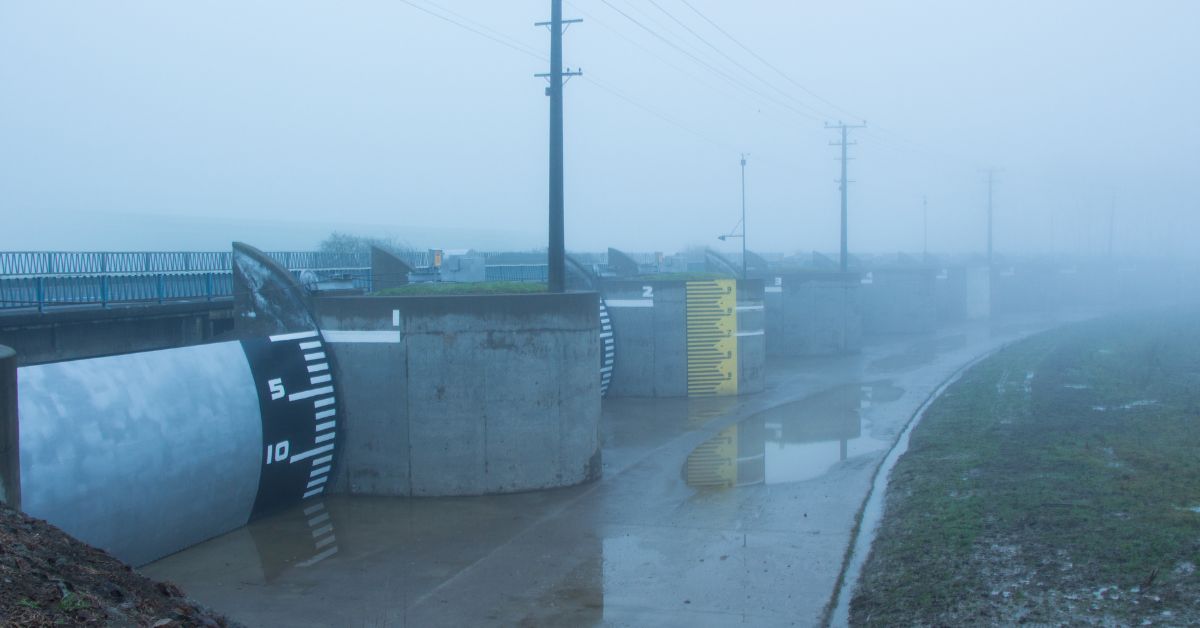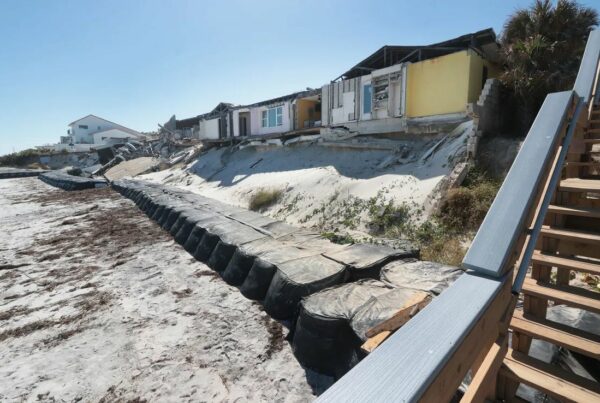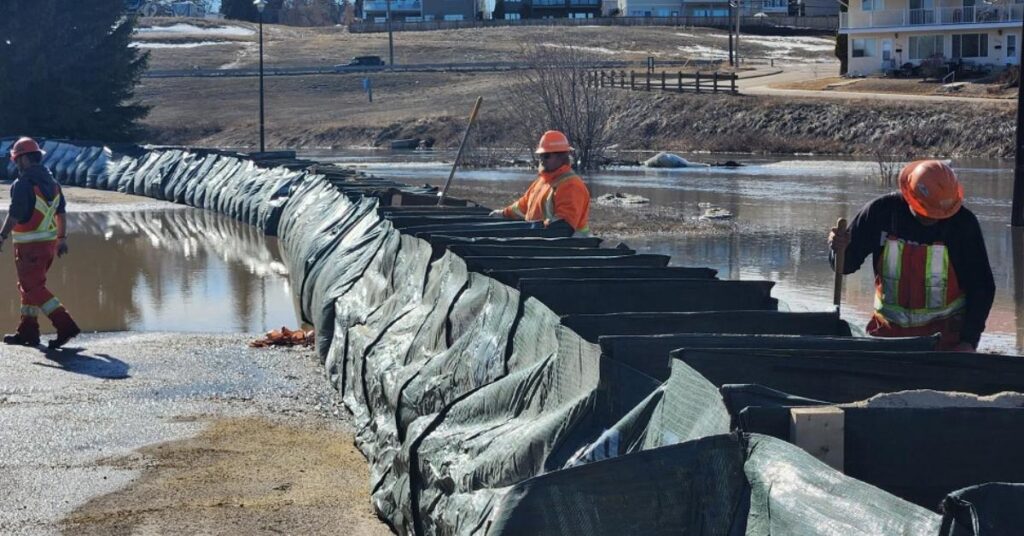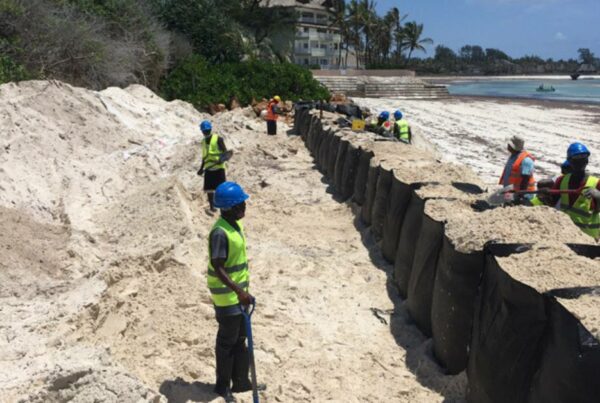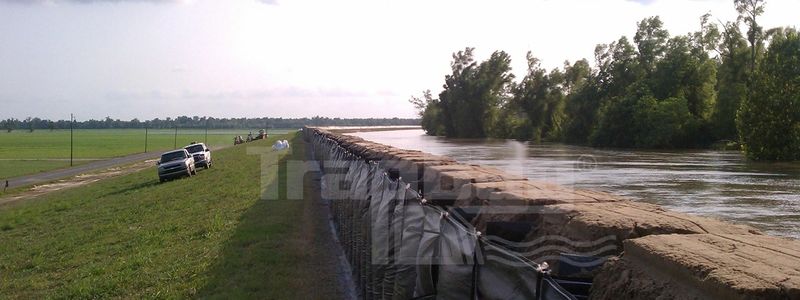TrapBag Flood Barriers in Philippines
Rapid-Deployment Flood Barriers
TrapBag® flood barriers are a faster, more efficient alternative to traditional sandbag walls. Each interconnected cell is designed to withstand thousands of pounds of water pressure and keep buildings, residences, infrastructure, and lives across the Philippines safe.
Learn More »Erosion Barriers
Erosion barriers from TrapBag® are designed to preserve coastlines, riverbanks, and vulnerable soil areas throughout the Philippines. They protect riverside and coastal homes and buildings from coastal erosion while preventing soil loss that can make future floods worse. Additionally, because they prevent land loss, they reduce the risk of future landslides in higher-elevation areas.
Learn More »Projects
Who We Serve In Philippines
TrapBag® provides flood and erosion protection for numerous industries and sectors in the Philippines, from civil engineering to emergency management.
Emergency Management Crews
Municipal and provincial emergency services across the Philippines rely on TrapBag barriers to strengthen their existing flood protection systems and protect people living in high-risk zones from severe rainfall and flooding during typhoons and the monsoon season.
Learn More »Construction & Infrastructure
TrapBag provides an effective detention system on construction sites for erosion protection and stormwater containment. These barriers keep out mud and make it easier to keep your project within safety guidelines.
Learn More »Marine Services
Ports, marinas, and piers on any of the thousands of islands throughout the Philippines need protection during renovations and severe storms. As a stackable barrier, TrapBag is a reliable flood control system that protects these waterfront and coastal structures when it counts.
Learn More »Coastal & Civil Engineering
Civil and coastal engineers worldwide use TrapBag® barriers for coastal buildings and infrastructure projects, including in the Philippines. The barriers have also stabilized sand dunes, protected regions prone to flash flooding, and reduced the impacts of flooding on coastal communities.
Learn More »Environmental Protection
These barriers can also protect sensitive natural areas like mangroves, wetlands, and marshes when it matters most. TrapBag® both mitigates flood damage in vulnerable areas and provides a less environmentally disruptive system during short-term emergencies like typhoons and severe flooding events.
Learn More »What's At Stake?
Coastal Erosion in Cities
Suburbs near major ports like Manila and Cebu City, all the way down to smaller coastal cities like Bantayan or Roxas face ongoing threats from coastal erosion. These natural forces destroy beaches over time and can damage oceanfront buildings or highways without proper protection or emergency measures.
Flood Damage Nationwide
Habagat is part of life for many Filipino communities in the latter half of the year. However, as climate change affects the entire world, the season is producing more and more severe storms with its westerly winds. With that, floods are more likely to damage people’s homes or local infrastructure and have deadly consequences with difficult recoveries.
Typhoon Vulnerability
Nowhere in the Philippines is completely safe from typhoon damage, even in upland provinces on Luzon or in Mindanao’s mountain ranges. Heavy, typhoon-driven rains have had deadly effects on mining towns on Mindanao and throughout the country.
These disasters will likely worsen as climate change makes the typhoons that hit the country each season more severe.
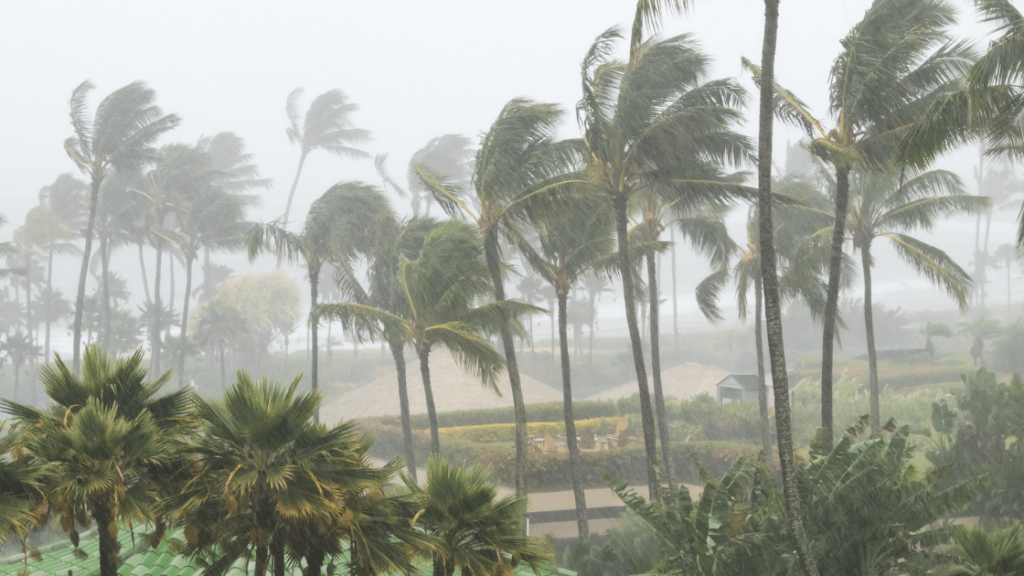
Why Choose TrapBag?
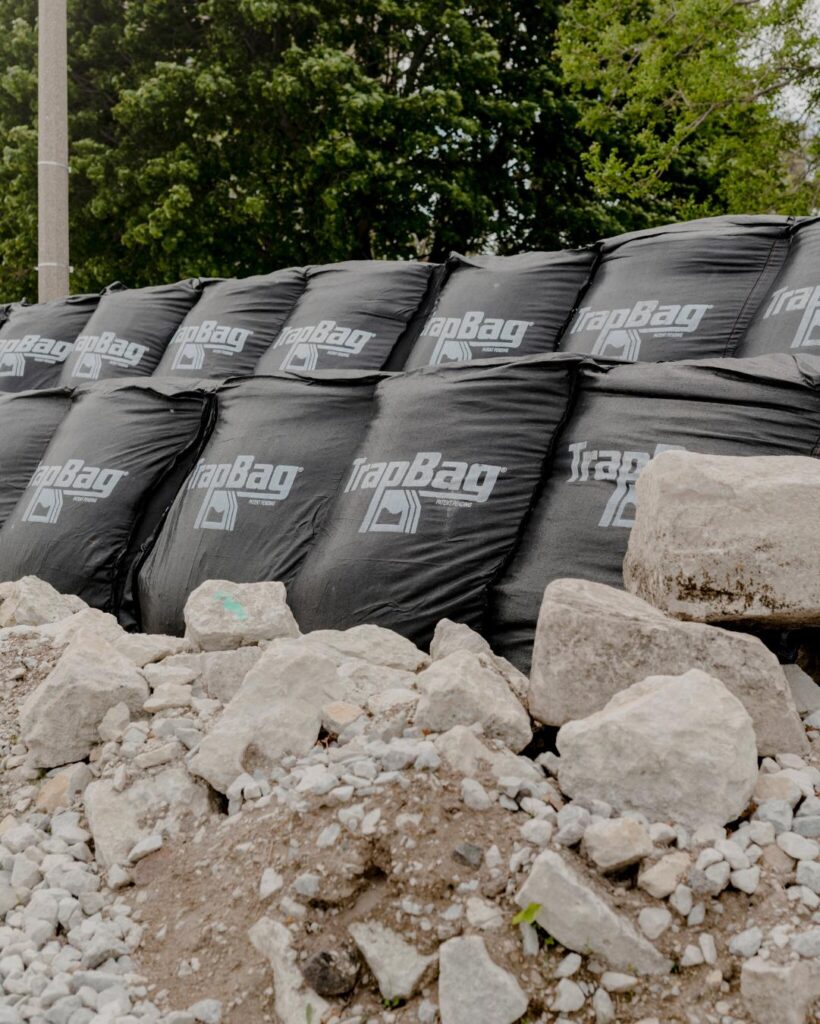
-

Fast Deployment
With TrapBag, a small team consisting of just two individuals and someone operating a skid steer or small backhoe can complete a 100-foot (approximately 30-metre) barrier within a single hour.
Filling traditional sandbags is more labor-intensive and time-consuming. When every second counts, being able to deploy barriers quickly can make it easier to protect more people without putting crews at risk.
-

Reliable Strength
TrapBag is designed down to each thread in the fabric to hold back massive amounts of water pressure.
Each cell supports its neighbors when you fill it with sand, washed gravel, or other dense materials. This also helps it withstand localized damage if a single cell is compromised—unlike traditional sandbag walls, which collapse altogether when part of the barrier collapses.
-

Efficient Design
Each cell in a TrapBag flood barrier is designed with a pentagonal shape that concentrates 60% of the barrier’s mass in its lower half. This makes them easier to install and fill quickly during urgent jobs such as typhoons or predicted landslides.
-

Tried & Tested
Thousands of miles of TrapBag barriers have been installed for erosion and flood control on multiple continents by organizations ranging from waterfront resort properties to the United States Army Corps of Engineers.
How TrapBag® Compares to:
Sandbags have been a tried and true method of blocking flood waters for thousands of years. They’re inexpensive and relatively easy to stack. However, they’re labor-intensive and have a high margin of error that can lead to collapses when they’re needed most, especially compared to improved systems like TrapBag®.
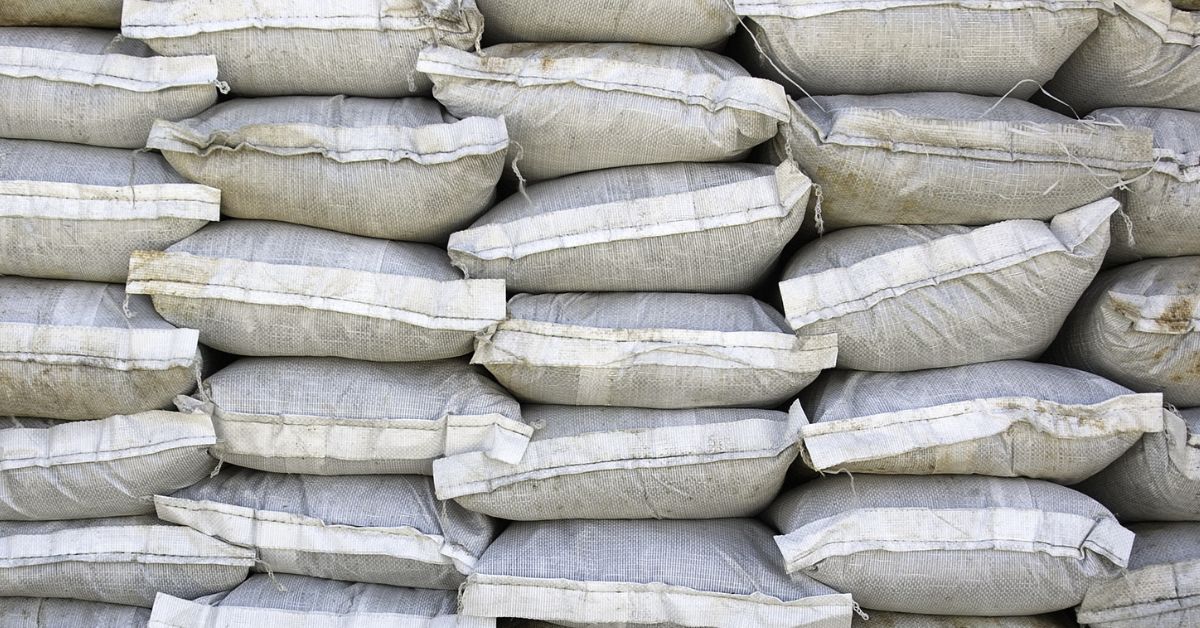
These barriers are designed to be filled with water and create enough weight and pressure to divert floodwaters away from buildings and structures. However, most water barriers aren’t more than a few feet tall and can’t withstand any sort of wave action. TrapBag barriers start at 4 feet tall and can be stacked on top of each other more easily during major flooding events.
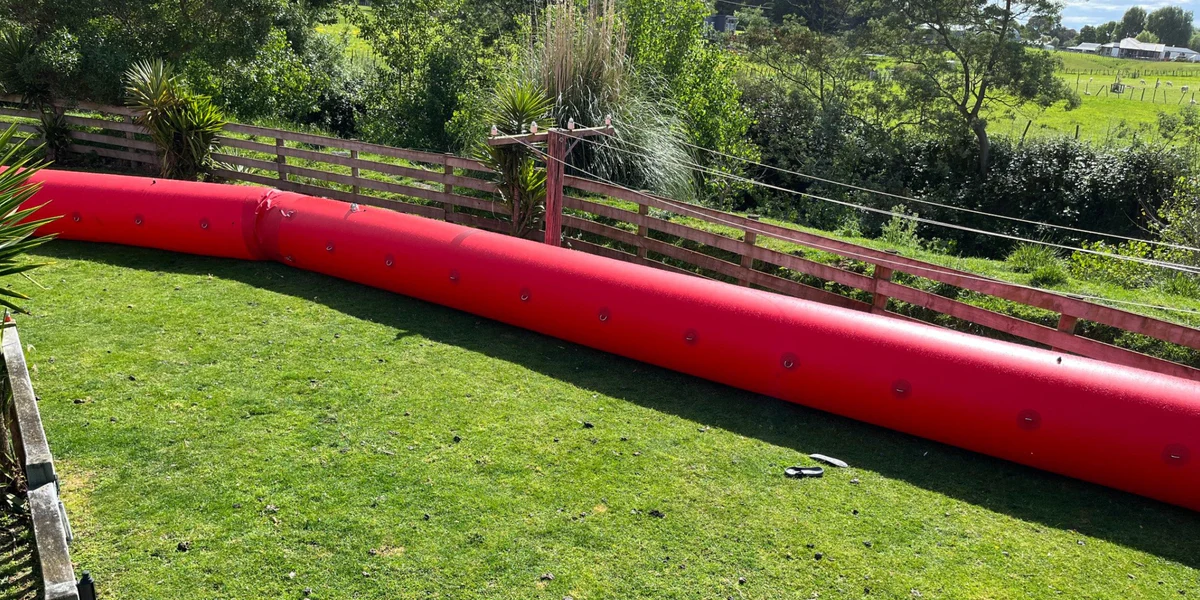
Floodgates are a permanent form of commercial flood protection. Flood-prone communities use them to prevent damage from frequent flooding in particularly vulnerable areas.
Floodgates are also prohibitively expensive. TrapBags can serve as temporary flood protection barriers to protect these areas during emergencies, just as well as a floodgate system for a fraction of the total cost.
